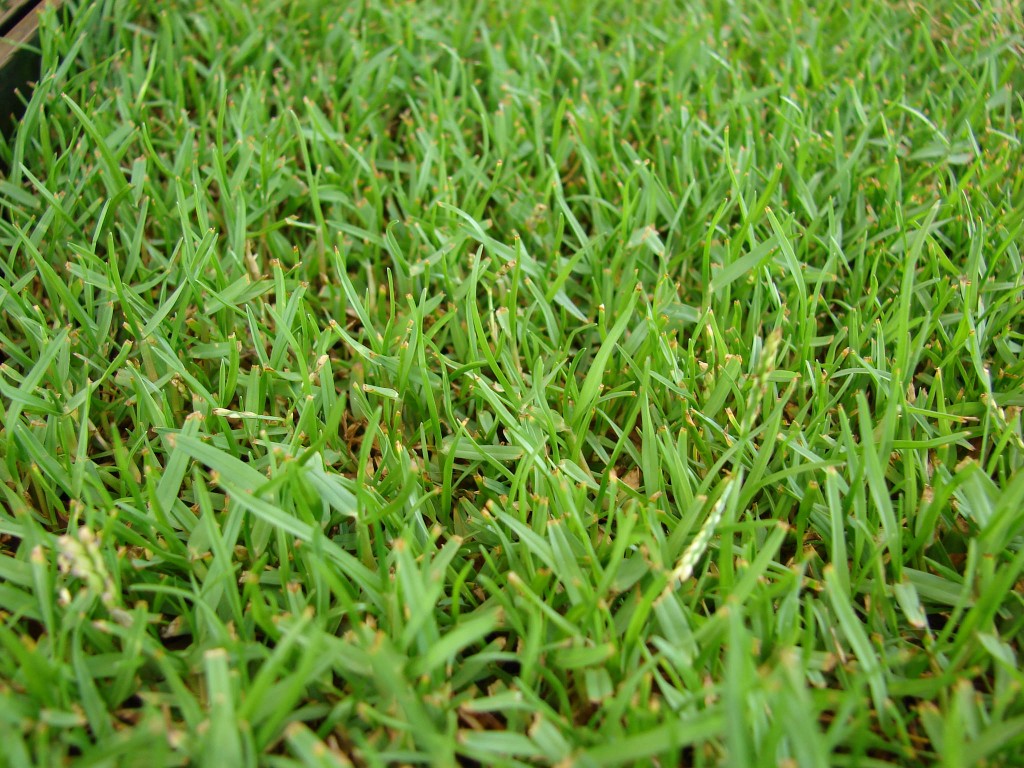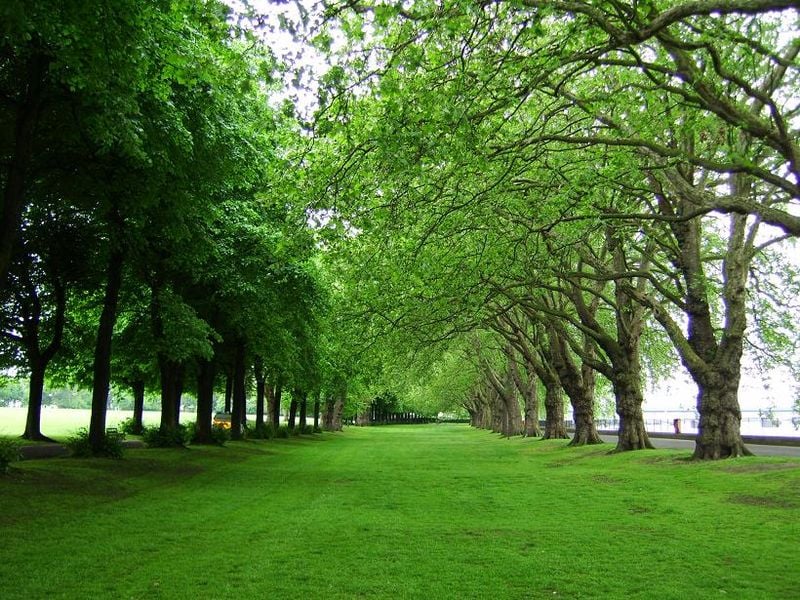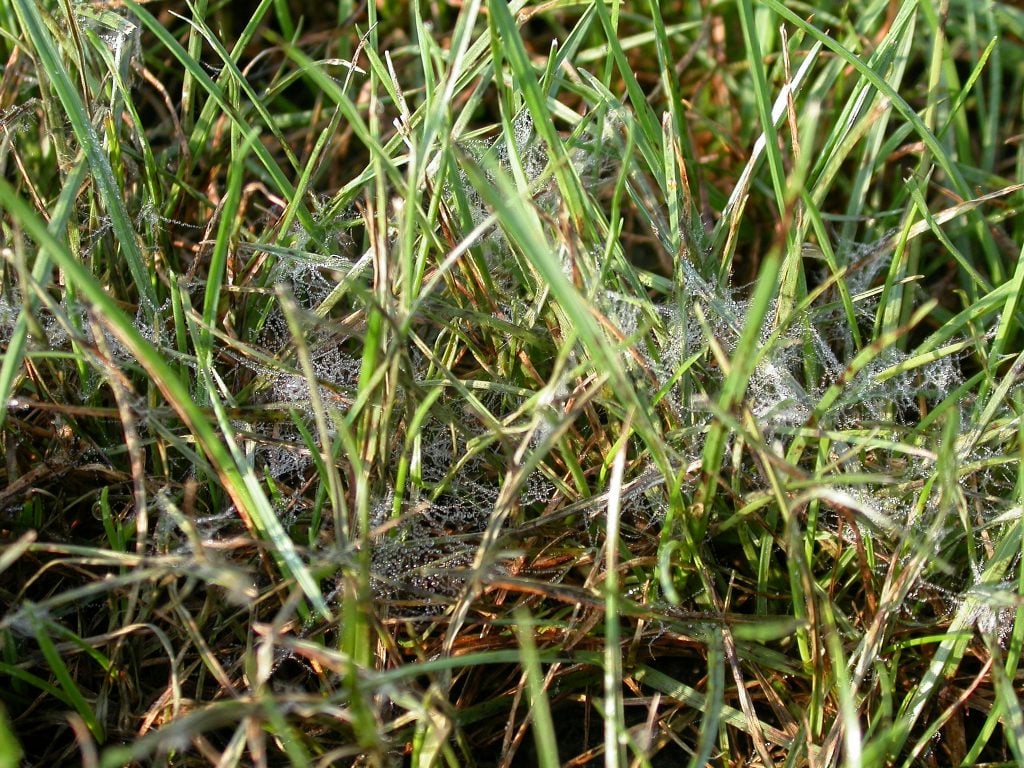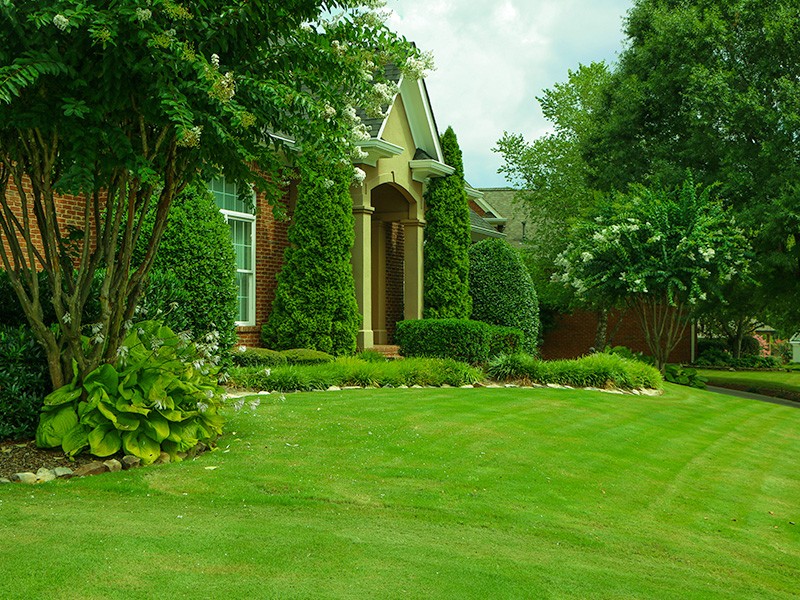
Climatewise, Worcester is located in a transitional zone. Lawn maintenance can be a real chore, as you may battle hot summers, cold winters, and intermittent periods of damp and drought. Fortunately, if you create a maintenance schedule using these eight handy tips, you can keep your lawn looking tip-top throughout the year.
1. Know Your Grass Type
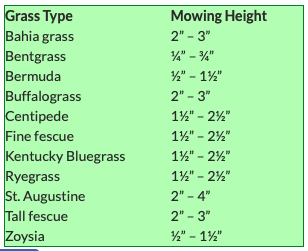
Grasses fall into two categories: warm-season and cold-season. The best grasses for Worcester offer a range: warm-season grasses with cold tolerance or cold-season grasses with heat-tolerance. Different varieties have different optimal mowing heights. Keeping your lawn within these guidelines will keep it healthier and lower-maintenance.
2. Just Take a Little Off the Top
Never cut more than one third off the full length of your lawn at one time. It pays to measure before you mow. Taking off too much can stress the grass and prevent deep root growth. It’s better to take too-tall grass down to an acceptable length in a few mows, rather than all at one time.
3. Mow High and Dry
Mowing high stimulates deep root growth, which means you need less water and fertilizer to keep your lawn happy. Mowing when the lawn is dry helps prevent the spread of disease, prevents clumping, and preserves mower blade sharpness
4. Mow With Seasonal Sensitivity
In the summer, your lawn may need to be mowed twice a week (ideally with the blades raised 20 to 30 percent), while in the winter it may only need mowing once or twice a month.
5. Keep Your Blades Sharp
Dull blades tear instead of cutting, which can stress the lawn, leave brown patches, and make it susceptible to diseases and pests.
6. Conserve Your Clippings
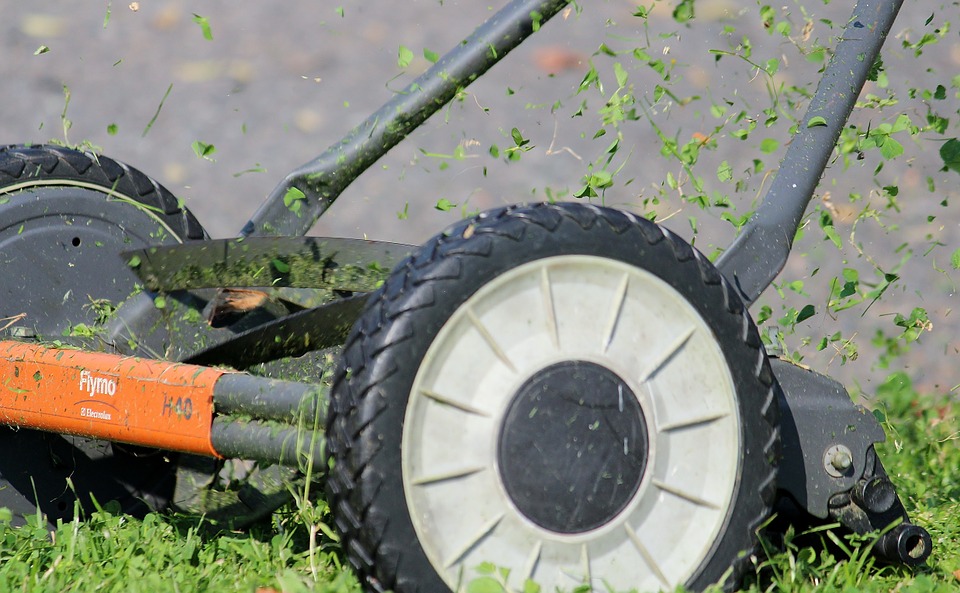
Unless you have an excess of clippings ( you shouldn’t if you follow tip number 2), they don’t need to be removed. Clippings are nutritious and feed the soil, so let them be. In fact, leaving your clippings can reduce the amount of fertilizer you need. Everyone wins!
7. Water the Right Amount, at Just the Right Time
Rainfall in the Northeast is usually sufficient for keeping lawns healthy, but during a long, hot spell, you will want to water your lawn just before it wilts. Telltale signs of a thirsty lawn include: rolling or folding blades, a bluish-green hue, or footprints that linger on the lawn for minutes after the lawn has been walked on. Watering at this point will prevent damage. It is better to give your lawn a deep watering less often than frequent, shallow waterings.
8. Feed as Needed (see number 1)
Fertilization frequency depends on the type of grass you have. For warm-season grasses, three times a year is ideal: two weeks after the first flush of green growth, Memorial Day and July 4th. For cold-season grasses, four times a year is preferable: April 15th, Memorial Day, Labor Day and Halloween. These dates aren’t precise- but they are easy to remember.
Need additional help? Visit our Worcester lawn care page for more info!
